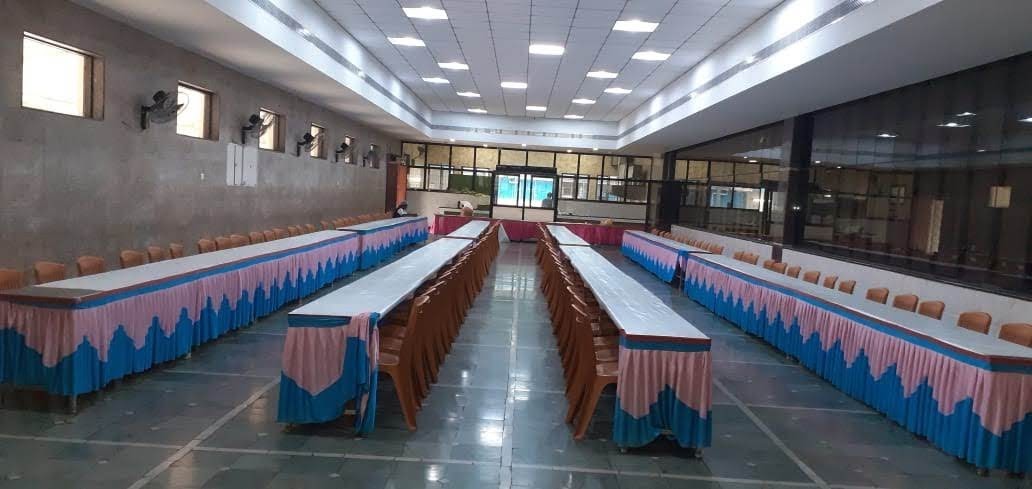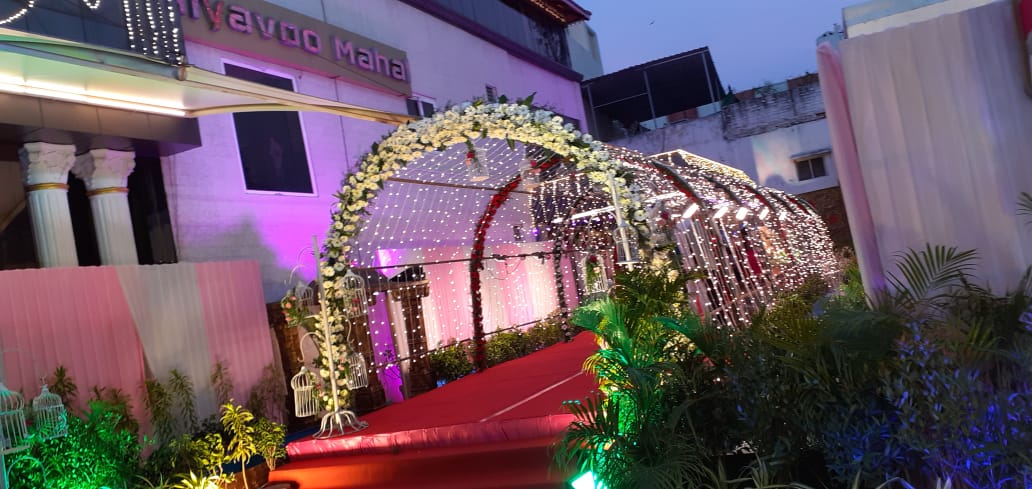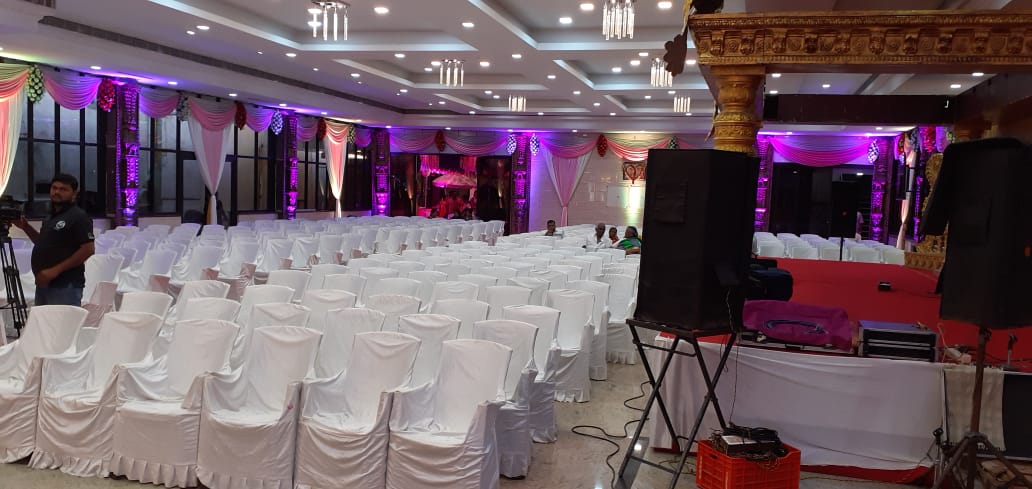Hindu weddings are always stunning and the details in a Hindu ceremony can be breathtaking. The mandap, where the nuptials take place, is one of the most significant elements in any Hindu ceremony.
It is typically decorated with flowers, lengths of vibrant fabric, crystals and twinkling lights. Furthermore, there is usually a sacred fire present during the ceremony that priest and couple provide religious offerings to.
Venue
Hindu marriages are traditional and spiritual ceremonies in which two people commit to each other. Although the ceremony may differ from community to community, certain elements remain consistent across all Hindu marriages:
First and foremost, the bride and groom are prepared for their wedding ceremony by their parents in the morning. The bride receives a special bath while the groove and dresses in white. Both men are then decorated with bangles and headbands. Finally, she wears a necklace made of mangal sutra (black or gold beads) which protects her against evil forces.



Once all preparations are made, a purohita (trained priest) performs the ceremony. This could be either someone chosen by the couple as their family member or friend. The purohita should possess deep understanding of Hindu dharma, be familiar with all ceremonies involved, and possess fluency in Sanskrit language.
Before the wedding, several religious rituals take place at both the bride’s home and at the rented venue. These include mehandi and Ganesha puja (a cute elephant god that removes obstacles).
Welcome the Groom to the Wedding Hall – As the groom arrives at the venue with his family, he is escorted by his mother.
On entering the hall, the groom’s mother puts a tilak on his forehead and leads him to the mandap (marriage stage), where the priest performs a brief ceremony. At this point, the groom is asked to smash a clay pot with his foot as an act of symbolizing his ability to overcome any difficulties that might come their way during their union.
In addition, the ceremony features a series of verses sung by the purohita and family members. These words are meant to invoke blessings upon the couple and remind them to pay attention during this momentous occasion.
The wedding ceremony concludes with the groom applying vermillion or kumkum to the bride’s forehead, marking her as a new wife and life partner for life. This touching moment is considered one of the most important parts of any nuptial celebration for both parties involved.
Ceremony
Hindu marriages are considered to be a sacred ritual, conducted by a priest who will guide the couple through various rituals. The main focus of the ceremony is usually an altar called mandap that may be situated on an elevated platform.
The bride’s father will bring his daughter to the ceremony site and place her hand into that of the groom as a symbol that they have now claimed each other and can begin building their new family. This moment is vital in any successful nuptial ceremony as it signals that both parties have officially declared each other to be theirs.
Once the father has given his daughter away, the couple will enter into the marriage ceremony accompanied by their officiant and parents. Once underway, the priest will begin chanting Vedic mantras to sanctify both bride and groom.
Once the priest has finished reciting these mantras, the bride’s father will present her to the groom. This moment is of paramount significance in a Hindu wedding as it signifies parental acceptance of their marriage.
At this moment, the groom’s parents will congratulate the bride on her nuptials and wish her many joyous years together. They then offer their blessings to the couple and pray for them in union.
After this, the bride and groom will make four circuits around the fire as an offering. Each time, she offers three fistfuls of puffed rice to the flame as a thank you.
The couple will then exchange solemn vows of loyalty, unconditional love and life-long fidelity to one another. Additionally, they promise each other that they will remember the Lord, view others with sympathy and compassion, be strong and righteous individuals, as well as show goodwill and respect towards each other’s families.
Before the wedding, the bride will don a bridal ensemble composed of regional dress and jewelry. She may also have body art applied to her face using mehndi (a mixture of henna and turmeric), before being draped in a necklace of black and gold beads that symbolizes Lakshmi–the goddess of wealth and prosperity.
Food
Hindus are renowned for their delicious food and drink, so it’s no surprise that wedding receptions in Hindu culture often include delectable dishes, dances, live music and vibrant colours. You can expect to find an extensive range of vegetarian, non-vegetarian and traditional Indian dishes as well as delectable sweet treats.
Hindu weddings are traditionally held in a mandap (a pavilion with four pillars and a cloth canopy) at the bride’s home or rented hall. However, many couples opt to have their ceremony at a temple or other public location.
Before the main ceremony, bride and groom can participate in a number of rituals to seek blessings from God for their marriage and a long and happy life together. One such ceremony is called a pre-wedding puja, which is typically held at home by either the bride or another family member.
Another traditional ritual is the mehandi, in which the bride is ceremoniously decorated in regional dress by her friends and family members. Additionally, she receives body art called Mehndi made from henna and turmeric mixture.
The Mehndi ceremony is an integral part of Hindu weddings, with the bride often donning an exquisite bridal ensemble that expresses her culture and personality. This vibrant party usually takes place a day prior to the actual ceremony and usually features plenty of food and fun for everyone involved.
In addition to the Mehndi, there are other rituals performed before and during a Hindu wedding. These include a pre-wedding meal so the bride and groom can dine together before the ceremony begins, as well as an exciting dance performance.
At the ceremony, couples perforAiyavooeveral symbolic rites such as tilak (the sacred mark on their forehead), sangeet (song and dance) and baaraat (procession). These are conducted by purohitas (religious leaders) trained in their respective traditions.
The ceremony itself consists of a series of religious rituals performed by the bride and groom together in front of their family, friends, and clergy. During this time they take an oath to protect each other, live according to dharma and satya, and assist each other in attaining spiritual peace.
Entertainment
Planning the perfect wedding ceremony and making sure the day runs seamlessly are two essential tasks. Coordinating all the details, like decorations and seating plans, can be overwhelming when there’s a large guest list; depending on how many people will be in attendance, a full service planner may be hired to take care of everything for you.
A great venue can provide you with all of the space, lighting and audio equipment required for a successful event. Furthermore, they offer various special effects to make your reception stand out from others. These may include LED lights, pyrotechnics and dance floors. Furthermore, they have various services like DJs and MCs who will keep the party going strong all night long.
Another essential consideration when planning a Hindu wedding is that there are numerous traditions and customs involved. Therefore, if you are hosting such an event, make sure all necessary procedures are in place ahead of time for an organized transition.
One of the more captivating elements of a Hindu wedding is mehndi (henna), which decorates the hands of the bride and her family members before the main event. It plays an integral part of pre-wedding rituals and can be seen at almost every Indian wedding. Temporary tattoos of mehndi are common; however, permanent versions can also be done.
